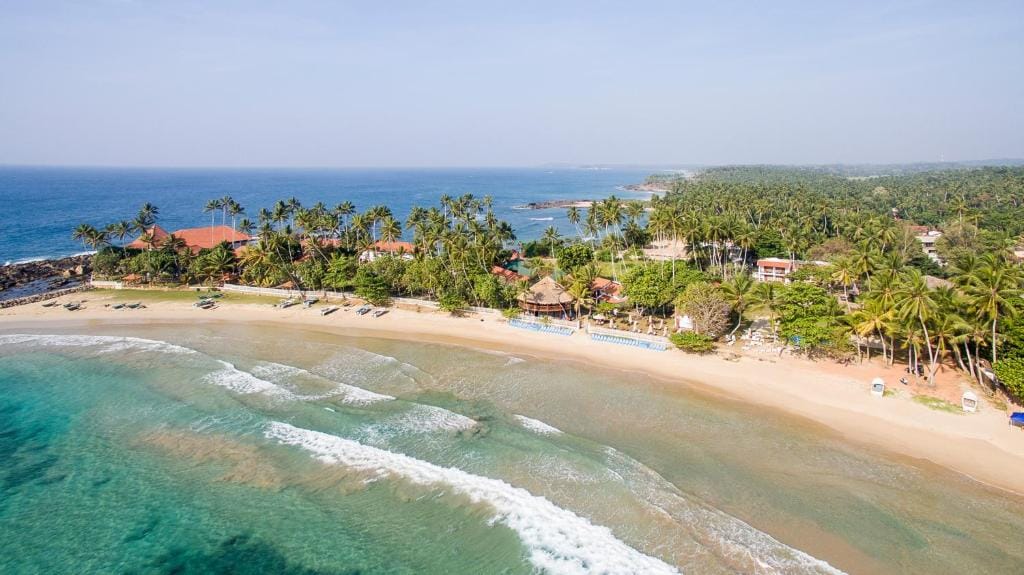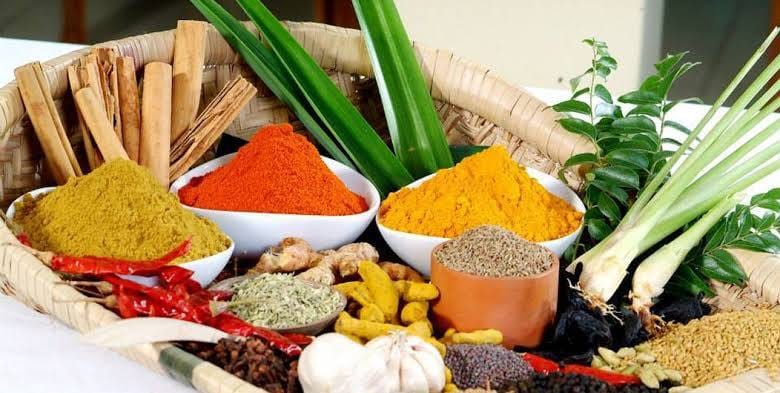Rice & Curry: Soul on a Plate
In Sri Lanka, “rice and curry” isn’t just a meal—it’s a rhythm, a ritual, a daily celebration of flavor and tradition served steaming on a banana leaf or ceramic plate.

The air is thick with the scent of sizzling mustard seeds and fragrant pandan leaves. Somewhere, a clay pot bubbles with a slow-cooked dhal, while a coconut sambol releases its zesty aroma into the breeze. In Sri Lanka, “rice and curry” isn’t just a meal—it’s a rhythm, a ritual, a daily celebration of flavor and tradition served steaming on a banana leaf or ceramic plate.
What Makes It Special
At first glance, it may seem simple: rice accompanied by several curries. But dig in and you’ll discover a spectrum of textures and tastes—creamy lentils, spicy fish curry, tempered eggplant, coconutty mallung, and sometimes even a tangy chutney or fried papadam for crunch. The rice itself varies too, from red samba to fragrant kekulu. No two plates are ever the same—each home, region, and cook brings their own signature touch. It's a beautiful balance of spice, heat, comfort, and nourishment. Unlike uniform curries elsewhere, Sri Lankan curries are bold, vibrant, and deeply layered with spices like fenugreek, cinnamon, curry leaves, and roasted coconut.
A Bite of History
Rice and curry is a culinary legacy that dates back centuries, deeply entwined with Sri Lanka’s agricultural history and South Asian influences. As a rice-cultivating island, rice has long been the centerpiece of local diets—offered to kings, gods, and guests alike. Curries evolved through trade and colonial layers: from Arab traders who brought exotic spices to the Portuguese and Dutch who introduced new vegetables and cooking techniques. Over time, Sri Lankans turned these external influences into a unique culinary identity—spicier than Indian curries, fresher with coconut, and more local in feel.
Where to Experience It
To truly experience Sri Lankan rice and curry, head to a village kitchen where it’s served on woven mats and eaten by hand. Visit bustling local eateries—called hotels—for budget-friendly lunch spreads, or join a home-cooked meal experience in a small guesthouse. For immersive flavor journeys, explore local markets in Galle or Kandy, or join a cooking class where you can grind spices on a traditional miris gala (stone slab) and cook over a wood-fired stove.
How Locals Use It
This is the heart of daily Sri Lankan life. Whether it’s a laborer’s lunch or a festive Sunday meal, rice and curry is ever-present. On special days, it grows more elaborate—with meat or seafood curries, coconut milk-infused vegetables, and sweet additions like caramelized onions (seeni sambol). During the Sinhala and Tamil New Year, unique festive curries and accompaniments are added. Ayurveda also plays a role—certain vegetables like gotukola (pennywort) are chosen for their healing benefits, and turmeric-laced curries are common remedies for colds and inflammation.
Best Time to Enjoy
Rice and curry is a year-round staple, but the freshest flavors come post-harvest during Yala and Maha paddy seasons (roughly April–August and November–February). During cultural festivals, the dishes become more elaborate, and in rural homes, families prepare grand curry feasts to honor guests and ancestors.
Final thoughts
Whether you’re scooping spicy dhal with your fingers or savoring slow-cooked jackfruit curry in a farmer’s hut, Sri Lankan rice and curry is more than a meal—it’s a sensory journey through the island’s heart, history, and hospitality.





